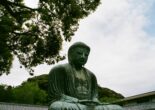There are many hundreds of temples in Tokyo, and while few can beat Senso-Ji in Asakusa for age and fame, there are many which are more authentic. Like Gotokuji in Ikebukuro, which escaped the WWII air raids and has all its original buildings intact.
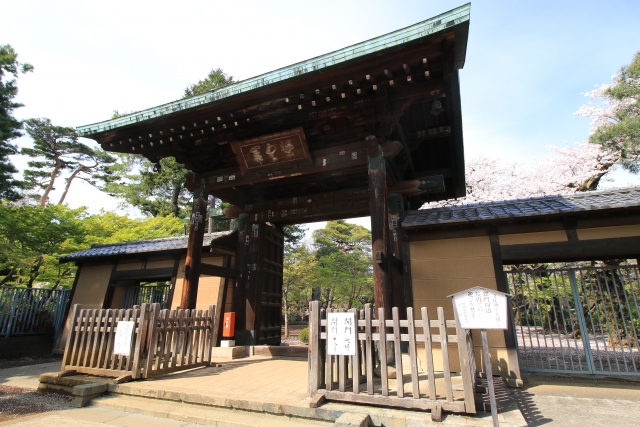
Explore Tokyo’s Hidden Temples: Beyond Senso-Ji
Most tourists in Japan want to put a Buddhist temple on their itinerary. Many choose to go to Senso-Ji in Asakusa, the oldest temple in Tokyo but completely rebuilt after being totally destroyed during the second world war. So many want to pass the Kaminarimon, Thunder Gate, that even on ordinary days the temple is crowded and at risk for overtourism.
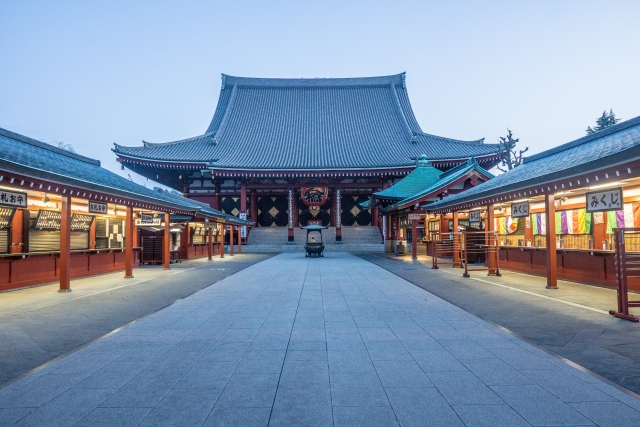
But while Asakusa is a worthwhile tourist destination, it is not necessarily the most typical part of Tokyo today or even the part where you get to experience the Edo feeling. And definitely not Showa. Neither is today’s Senso-Ji particularly representative of the temples in and around Tokyo. There are hundreds of temples of various sizes spread out around Tokyo. Wherever you are staying, there is sure to be one or two temples in the neighborhood.
The Role of Temples in Japanese Life and Culture
Temples are associated with graveyards—it is a rare temple that does not have its own graveyard (there is even a small one behind the smoking area at Senso-Ji, although it used to be much larger). Most neighborhood temples are there for the memory of those in the area who died. In Japan, almost all dead are cremated (with exceptions only for Muslims and others who do not want to be cremated for religious reasons). The ashes are usually interred in a grave, but there are those who are venerated in several places, starting with Tokugawa Ieyasu, whose ashes supposedly reside not only in his grave in Nikko but also in a shrine in Shizuoka and in the Toshogu shrine in Ueno Park.
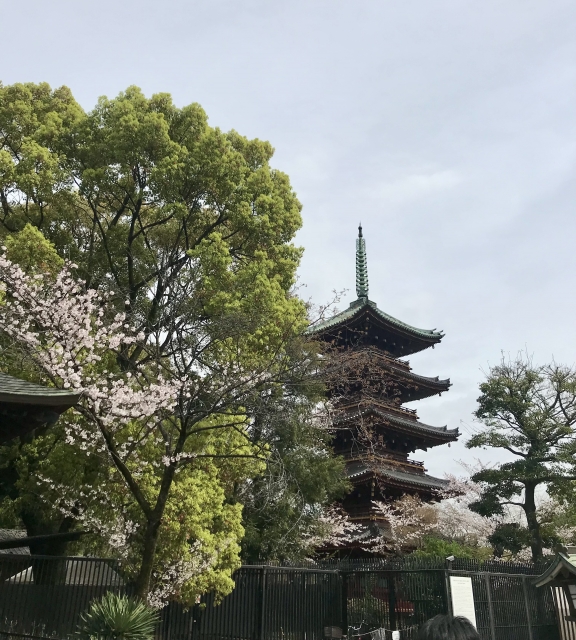
Famous people and company founders can have a grave for the family and another grave on the headquarter grounds where they are venerated. You can buy a small vial in the grave goods stores, where you can put some of the ashes of a loved one and carry them with you wherever you go. It is not cheap to maintain a grave. The wooden slats with Sanskrit inscriptions you see on many graves are essentially maintenance markers, put there by the temple to show that someone paid for prayers to be said over the departed soul. To remember the dead and say prayers for their safe progress through the kingdom of the dead is the full-time job of most Buddhist priests and monks (depending on the sect, priests can marry and have families; monks dedicate their lives to purifying their souls).
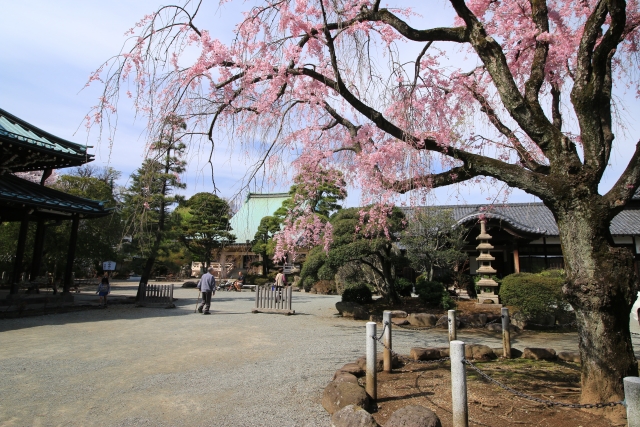
So there are graveyards next to almost any temple, but if you look at a map of Tokyo and squint, you will see a green ring around old Edo, roughly corresponding to today’s Yamanote line. This ring consisted of temples, shrines, and residences of the daimyo—feudal lords of the provinces, who were forced to come to Edo once every two years to report to the shogun. The ring (which largely are parks or cemeteries today) did not come about by chance. Tokugawa Ieyasu, who founded Edo, dictated the location of the temples and founded them with grants of rice, which was how taxes were paid in those days.
The green ring was organized to keep attackers occupied while the defending army could fall into their flanks. But the attacks never came, and the temples soon served other important functions. The people of Edo were living in conditions only slightly more crowded than today’s Tokyoites, and at the time, the idea of public parks had not yet reached Japan.
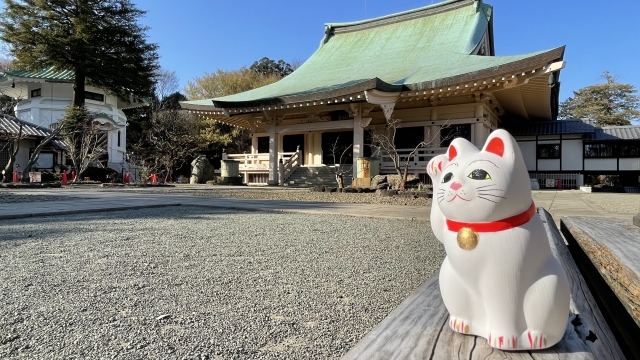
The temple grounds, however, were open for everyone and served as an important outlet for the population. And to be seen praying at the same temple as an influential family, or if you were rich, donating to the temple, were common ways of using social interaction for social climbing—perhaps even having your children married or adopted into an important family. So the temples got rich and sat on extensive grounds. This did not change with the Meiji restoration, which also meant separation of shrines (for Shinto, the new national religion) and temples (for Buddhism, which worships a vast collection of gods but serves to further the improvement of the human condition). The temples were still the primary wardens of the memories of dead souls.
If you want to go to a temple in Tokyo but do not want to butt heads with thousands of other tourists, you can just go to your neighborhood temple. Most temples are not nearly as crowded as the big temples like Senso-Ji or Zojo-Ji. The graves will be off-limit (also for photography), but the grounds and gardens (if they have any) will be open from sunrise to sunset and usually free. The temple halls will also be off-limits, but you might ask an attendant if you can have a guided tour, which sometimes is available in halting but still English.
Pay A Visit Gotoku-Ji

In Tokyo, there are many temples left from Ieyasu’s green ring, although most of them have lost their greenery, either because the graveyards were converted to public graveyards, or because the land was used for the Yamanote line or Tokyo’s ring roads, or both. But one of the best preserved, and most worth a visit, is Gotoku-Ji. If for no other reason than that it escaped the bombings of WWII, and all the temple buildings (and statues) are original, and in their original places. It is not as old as Senso-Ji, but while all buildings in Senso-Ji are recent, these are actual originals. It is a special feeling to enter the grounds and know this is exactly what it looked like 400 years ago, and you are touching the same wooden posts that the shoguns used to touch.
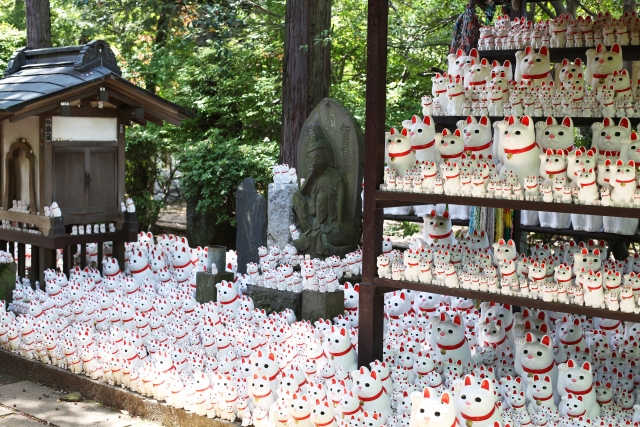
On top of that, several of the buildings in Gotoku-ji are important cultural properties, which means they are designated by the Japanese government as historic landmarks worth preserving. To get to Gotoku-Ji, take the Sakura Tram to Gotokuji and follow the signs. As the temple is a major tourist attraction, there are even some signs in English. Do not forget to pick up a lucky cat charm on your way. The temple is associated with “maneki-neko,” the cat figurines that greet you in stores and restaurants. When the cat is beckoning with the left paw, it is beckoning people (usually customers). When it is beckoning with the right, it is beckoning money to come into the store.
Stay tuned for more exciting content like this! Follow us on our social media platforms and check out our blog regularly to stay updated on the latest news, trends, and insider stories from Japan. Don’t miss out on future updates—sign up for our newsletter for exclusive content delivered straight to your inbox!


